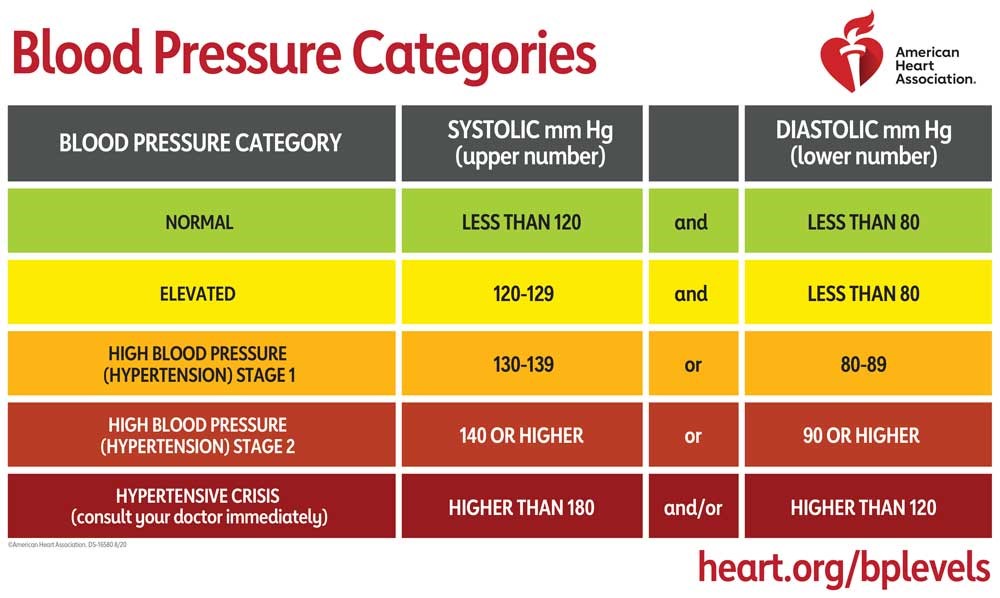- PARAMETER GOAL
- To establish standards within the Los Angeles County Department of Mental Health for monitoring and assessment of client’s vital signs.
- TERMINOLOGY
- Body Mass Index (BMI): value derived from the mass (weight) and height of a person
- Vitals: Refers to clients’ blood pressure and heart rate either in supine, sitting or standing position
- Additional Vitals: temperature, respiratory rate, pulse oximetry (oxygen saturation), pain
- Orthostatic Vitals: vital signs obtained while clients are in a supine/sitting position, then while in a standing position
- Primary Medical Staff: registered nurses, licensed vocational nurses, psychiatric technicians
- Secondary Medical Staff: physicians, nurse practitioners, and clinical pharmacists
- PRIMARY MEDICAL STAFF shall:
- Measure and document clients’ Vitals and BMI measurements at baseline, at least once per year, and as clinically indicated per prescriber
- Measure and document clients’ Orthostatic Vitals as clinically indicated per prescriber or for identified high-risk medications
- Measure and document clients’ Additional Vitals as clinically indicated per prescriber
- Alert prescriber, covering prescriber, or supervising psychiatrist, in that order, for two (2) consecutive out-of-range blood pressures, heart rates, or Additional Vitals for their clinical decision. Primary Medical Staff shall proceed with treatment unless otherwise directed by Secondary Medical Staff. If client is in hypertensive crisis confirmed by two (2) consecutive blood pressure readings, Primary Medical Staff shall notify Secondary Medical Staff and call 911 immediately.
- SECONDARY MEDICAL STAFF shall:
- Serve as back-up to obtain Vitals for clients on high-risk medications when no Primary Medical Staff is on duty.
- OUT-OF-RANGE VITALS
- Out-of-Range vitals:
- Heart rate: ≤ 50 BPM, ≥ 120 BPM, or reports of any associated symptoms
- Blood pressure: ≤ 90/60 mmHg, ≥ 160/100 mmHg, or reports of any associated symptoms
- If client’s vitals are out-of-range, wait ten minutes and obtain a second reading on client’s other arm
- If second reading is normal, no escalation needed.
- 2023 American Heart Association (AHA) Guidelines on Understanding Blood Pressure Readings
 - VITALS MEASUREMENTS
- For the most accurate sitting blood pressure and heart rate measurement:
- Ensure that client has not consumed caffeine, exercised or smoked 30 minutes prior to measurements
- Client is seated with feet flat on the floor
- Client is relaxed and quiet throughout process
- ORTHOSTATIC VITALS MEASUREMENT:
- For the most accurate Orthostatic Vitals measurement:
- Have client lie down for 5 minutes
- Obtain blood pressure and heart rate while client is in a supine position
- Have client stand and obtain blood pressure and heart rate after 1 minute and then 3 minutes
- MEDICATIONS WITH ORTHOSTATIC HYPOTENSION RISK (List is not exhaustive)
- High risk medications:
- Clozapine
- High risk antihypertensive medications (e.g. β-blockers, α-blockers, etc.)
- Mild-to-moderate risk medications:
- Antipsychotics (e.g. risperidone, quetiapine, etc.)
- Alpha-agonists (e.g. guanfacine, clonidine)
- Benzodiazepines
- Anticholinergics
- Benztropine
- Diphenhydramine
- Hydroxyzine
- Other antihypertensive medications (e.g. diuretics)
- Levodopa
- Memantine
- Opioids
- Trazodone
- Tricyclic antidepressants
- DOCUMENTATION
- Medical Staff, both Primary and Secondary, shall document Vitals, BMI, and Orthostatic Vitals in DMH electronic medical record.
- REFERENCE
- 2023 American Heart Association (AHA) Guidelines on Understanding Blood Pressure Readings
| |
|